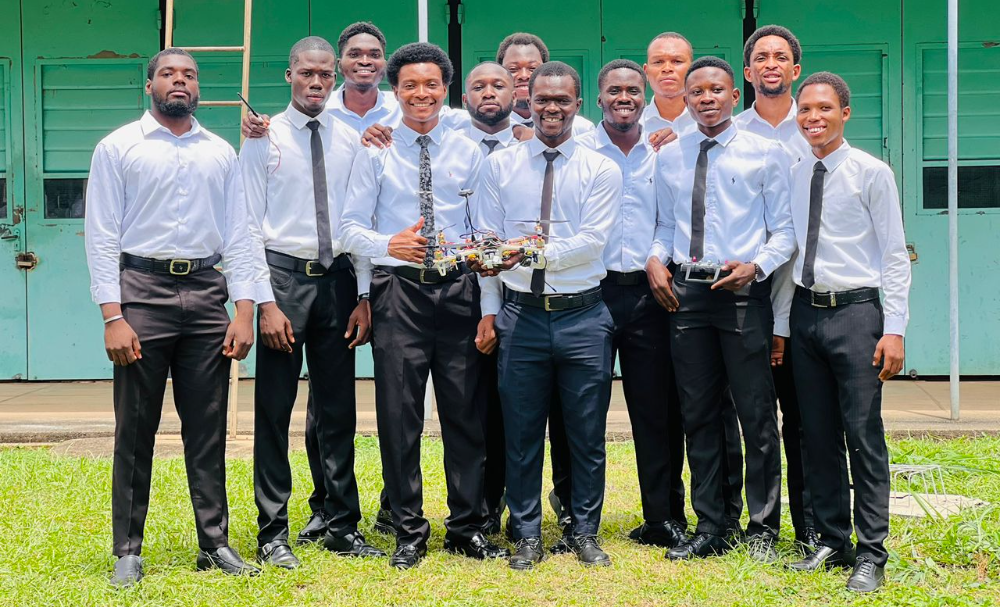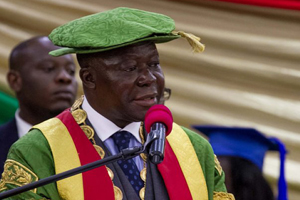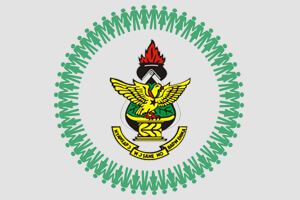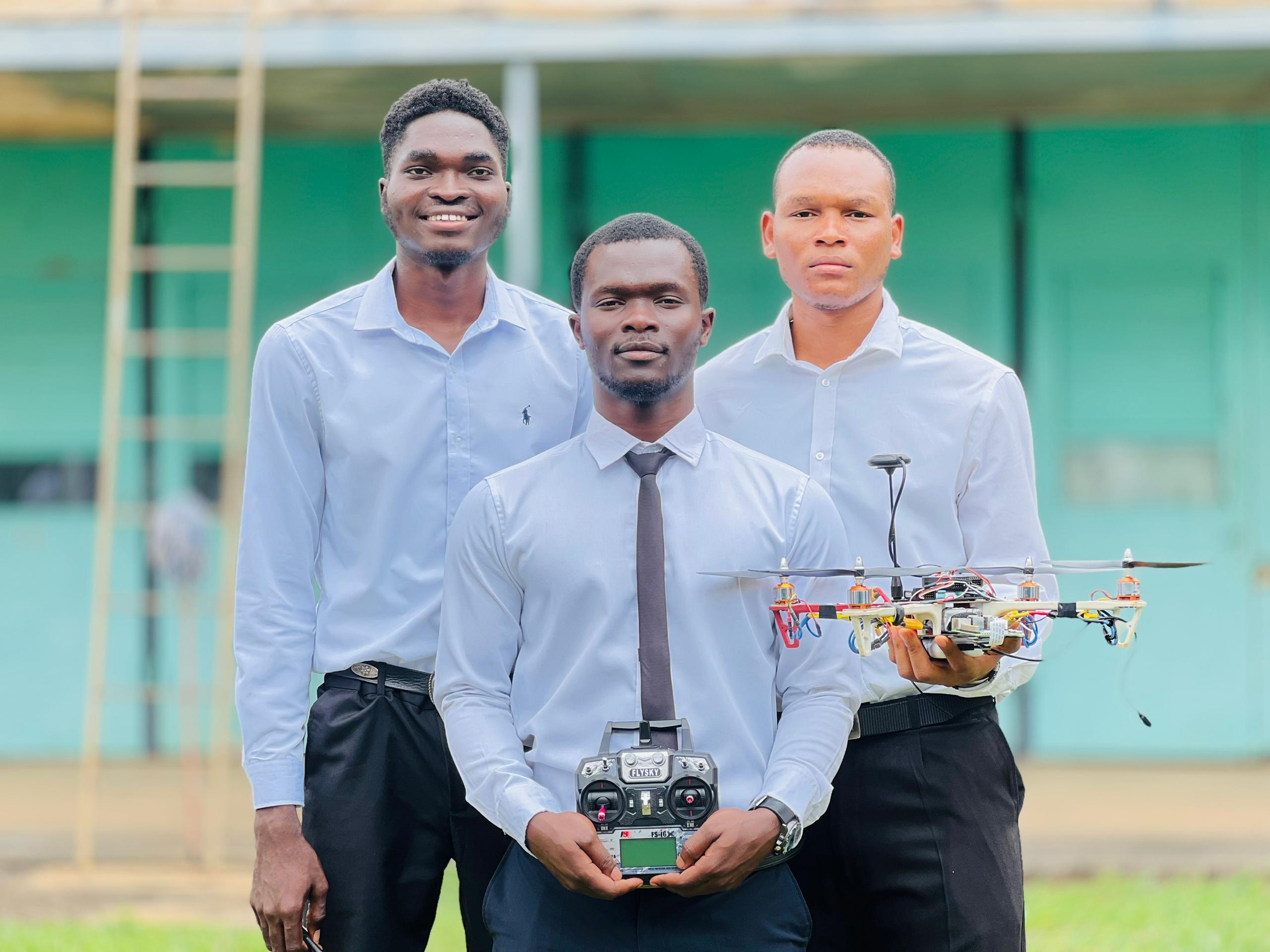Final-year students of the Department of Aerospace Engineering at the Kwame Nkrumah University of Science and Technology (KNUST), Kumasi have developed an AI-powered drone designed to detect illegal mining sites in Ghana.
The drone, which uses image classification technology, is aimed at bolstering efforts to combat the country’s long-standing “galamsey” problem.

Project member Abdul Rahman Baaba Tahuru said the motivation was the urgent need to protect the environment.
“Looking at the current state of our country, we are dealing with illegal mining, and we thought it wise as aerospace engineering students to design a system that can identify illegal mining sites using image classification with AI,” he said.
The drone carries a high-resolution camera linked to an AI model that allows it to fly over suspected areas, capture aerial images, and classify them to identify people, equipment, and precise locations involved in mining activities.
Samuel Fikayo Jegede, another team member, explained the hardware design.
“The drone has a flight controller, that is the brain of the system, which is connected to a software called Mission Planner to calibrate the motors. It also includes a transmitter that powers the motors, a Raspberry Pi board, radio telemetry to measure the drone’s parameters in the air, and a GPS module for real-time location tracking,” he said.
Emmanuel Hope Dagbui said the Raspberry Pi was chosen as the computing hub to integrate their AI model.
“We used Visual Studio Code as the coding environment and Python to train and fine-tune the AI model,” he said.
The project, supervised by Dr. Faisla W. Adams, was carried out by a team comprising Kizito Jortuotey, Samuel Fikayo Jegede, Cosmos Yorm Nquarshie-Kpekpena, Perey Asgadunga, Emmanuel Selasie Akuaku, Stephen Eshun Kyere, Kirk Thompson, Caleb Atewen Acheampong, and Jacob Nii Adotey Garshong.
| Story: Abena Serwaa Gyamfi |


















